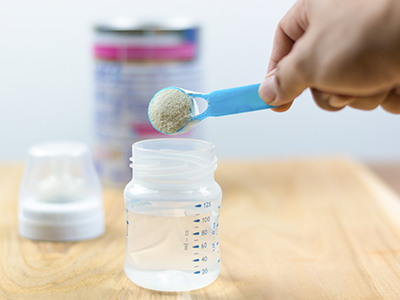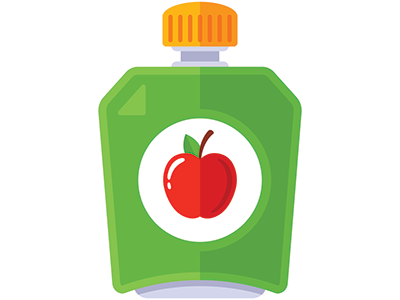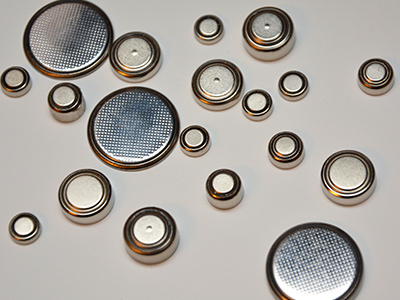As parents, we strive to provide our children with the healthiest and safest nourishment. However, recent findings have shed light on a potential health concern that might have gone unnoticed – lead in cinnamon apple puree and applesauce products. This product recall emphasizes the importance of staying informed and vigilant about the products we introduce into our children’s diets.
Understanding the issue
Lead is a toxic metal that can have serious health implications, especially in young children whose developing bodies absorb lead more easily than adults. Recent investigations have revealed trace amounts of lead in certain apple puree and applesauce products, raising concerns about the safety of these convenient snacks. Lead exposure can affect various organs in the body and is particularly harmful to the nervous system, potentially leading to developmental problems in children.
Detecting lead poisoning in children
Most of the time, lead exposure does not cause immediate symptoms. The American Academy of Pediatrics and Centers for Disease Control (CDC) recommend screening for potential lead exposure for young children. In some cases, this may require a screening blood test. Because detecting lead poisoning early is crucial for minimizing its impact on your child’s health, you should consult a healthcare provider if you suspect your child may have been exposed to lead. You can also keep an eye out for the following symptoms, which may indicate lead poisoning.
Symptoms of short-term lead exposure:
- Headache
- Abdominal pain/Colic
- Vomiting
- Anemia
Longer term exposure to lead could result in these additional symptoms:
- Irritability
- Lethargy
- Fatigue
- Muscle aches or muscle prickling/burning
- Abdominal discomfort
- Constipation
- Difficulty concentrating
- Headache
- Tremor
- Weight loss
If you notice any of these symptoms, it is important to consult with your pediatrician.
How is lead exposure treated?
The most important step in treating a child with an elevated lead level is to identify the source of lead exposure. This may be from contaminated foods, but is more commonly from paint dust, or contaminated water or soil. Your pediatrician may refer you to a local health authority to help arrange an investigation to determine where your child was exposed to lead and help identify strategies to eliminate this exposure.
If a child has very high levels of lead in their blood, they may need to be treated with chelators — a medication administered orally or intravenously that is designed to remove lead from the blood. Chelators can cause side effects, including allergic reactions, liver inflammation and bone marrow suppression. These medicines are not usually prescribed for lower levels of lead poisoning. For lower levels of lead poisoning, the most important step is to identify and eliminate the source of lead exposure. You can also make other modifications to your child’s diet that will help. Foods with lots of calcium, iron, vitamin D and vitamin C can reduce the amount of lead the body absorbs.
 https://riseandshine.childrensnational.org/wp-content/uploads/2022/02/powdered-infant-formula-feature.png
300
400
Rise and Shine
https://riseandshine.childrensnational.org/wp-content/uploads/2017/11/childrens_riseandshine_logo.jpg
Rise and Shine2025-11-14 11:06:012025-11-14 11:18:37What you need to know about the ByHeart infant formula recall
https://riseandshine.childrensnational.org/wp-content/uploads/2022/02/powdered-infant-formula-feature.png
300
400
Rise and Shine
https://riseandshine.childrensnational.org/wp-content/uploads/2017/11/childrens_riseandshine_logo.jpg
Rise and Shine2025-11-14 11:06:012025-11-14 11:18:37What you need to know about the ByHeart infant formula recall





















Leave a Comment
Want to join the discussion?Feel free to contribute!